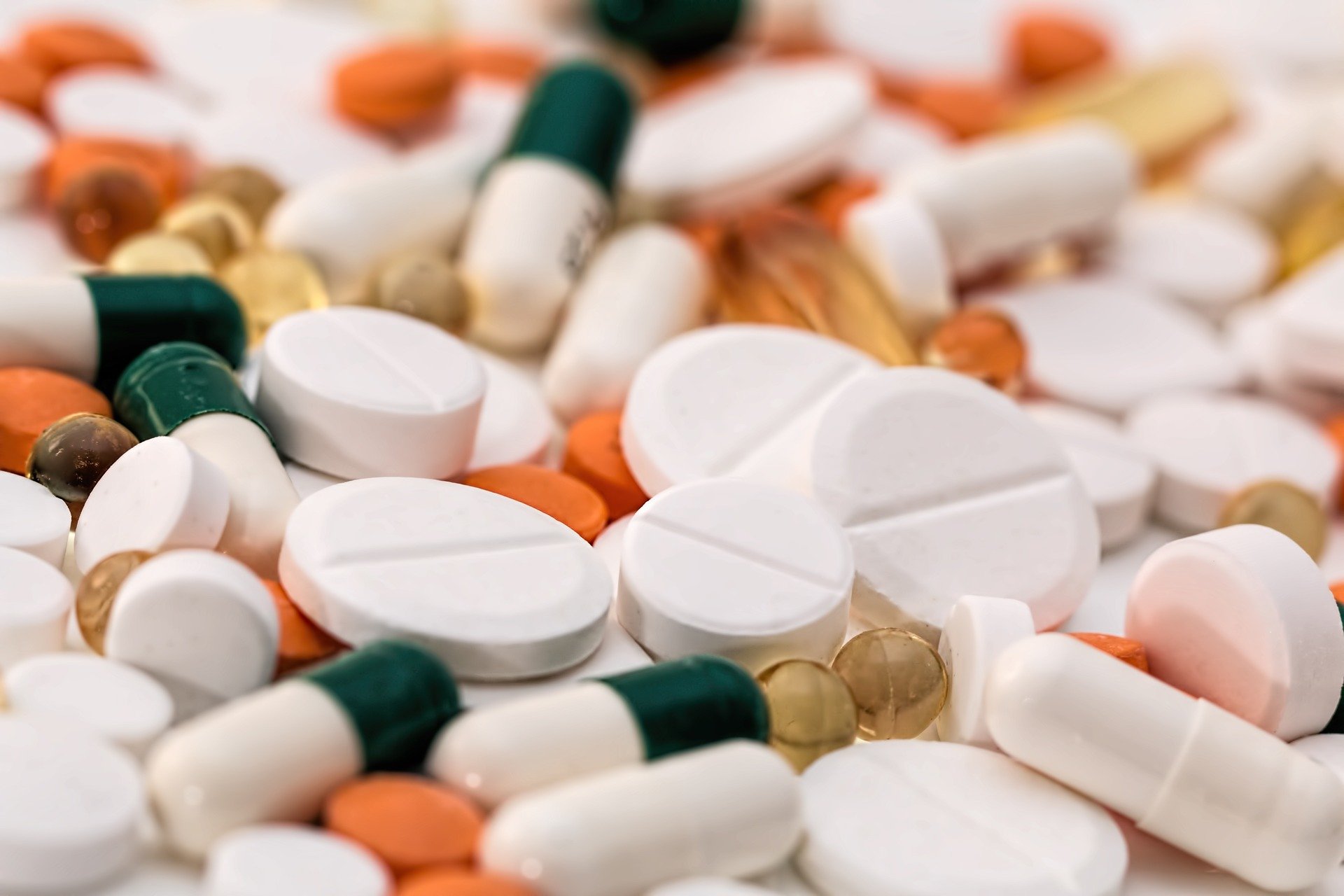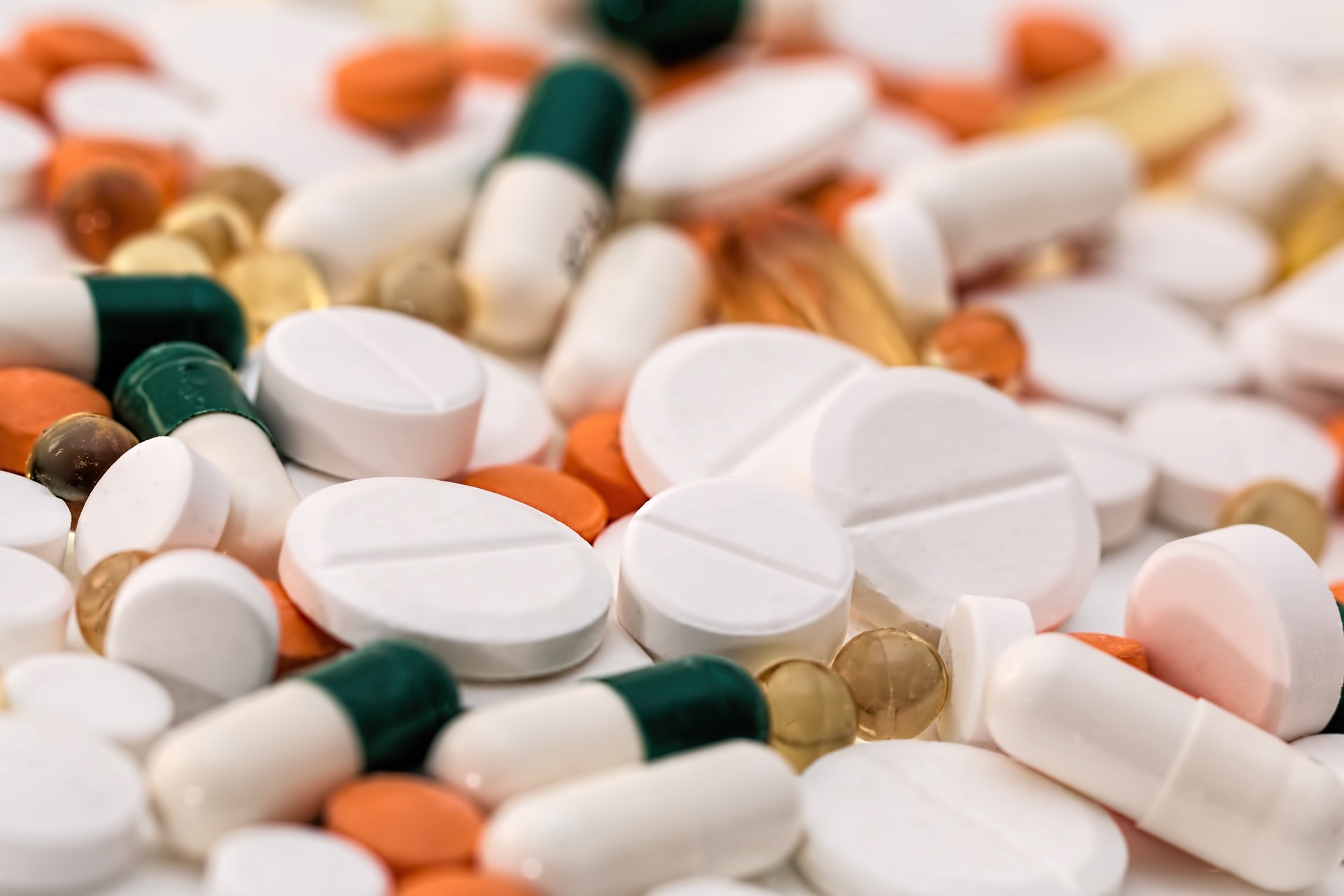
With today’s rising costs in healthcare, there has been increasing pressure to market drugs that are more cost effective. One such solution is to prescribe generic drugs. According to the Food and Drug Administration (FDA), approximately 80% of the drugs prescribed today are generic. These drugs can be two‑thirds cheaper than their brand‑name counterparts. However, the process by which generic drugs are approved differs from that for brand-name drugs.
To determine whether a generic version can be marketed, a manufacturer must first ascertain whether the patent on the corresponding brand-name drug has expired. The FDA publishes a list of these drugs in a book called Approved Drug Products with Therapeutic Equivalence Evaluations, also known as the “Orange Book.” A manufacturer can only apply to the FDA to sell a generic equivalent if the patent has expired. The patent itself lasts for 20 years, and the manufacturer of a brand-name drug can apply to extend the patent for up to 5 additional years. Therefore, a manufacturer wanting to market a generic version might have to wait as long as 25 years.
How a manufacturer gets a generic drug approved depends on whether the drug will be available by prescription. For a prescribed generic drug, the manufacturer uses an Abbreviated New Drug Application (ANDA) in the electronic Common Technical Document (eCTD) format. Three copies, consisting of an archival copy, a review copy, and a field copy, are submitted. An ANDA contains the following information:
•Administrative documents such as field copy, debarment, and financial certifications; patent information on the drug; and documents providing the basis for the ANDA
•Overviews and summaries of preclinical and clinical data
•Prescribing and labeling information, including a comparison of the labeling of the generic drug with the brand-name counterpart
•Detailed information on the chemical composition and manufacturing of the drug
•Studies comparing the generic drug with the brand-name equivalent
The studies submitted as part of an ANDA differ from those in a New Drug Application (NDA). The studies in an NDA contain preclinical and clinical data to demonstrate the safety and efficacy of the drug, whereas the studies in an ANDA contain data to demonstrate bioequivalence. These studies contain data on the absorption and metabolism of the generic drug in healthy volunteers as compared with historical data on subjects taking the brand-name drug at the same dose and via the same route. The manufacturer must demonstrate that the generic version contains the same active ingredients and is absorbed and metabolized in the same manner as its brand-name counterpart. The manufacturer will then be allowed to market the drug as a generic equivalent.
If the drug is intended for over-the-counter (OTC) use, the manufacturer uses an OTC monograph, which contains a list of ingredients in currently marketed OTC drugs. If the company can demonstrate that the ingredients in a generic drug are the same as those listed for the brand-name drug in the OTC monograph, it can market the drug without preapproval from the FDA. Otherwise, the manufacturer will need to submit an NDA.
Although the process for approval of generic drugs is different from that of generic drugs, the FDA has specific rules that manufacturers must follow. These guidelines help to ensure that patients receive generic drugs comparable with their brand-name counterparts with respect to quality, purity, and performance.
For Further Reading
http://www.forbes.com/2002/05/02/0502patents.html
http://www.fda.gov/RegulatoryInformation/Guidances/ucm129703.htm#ctd

